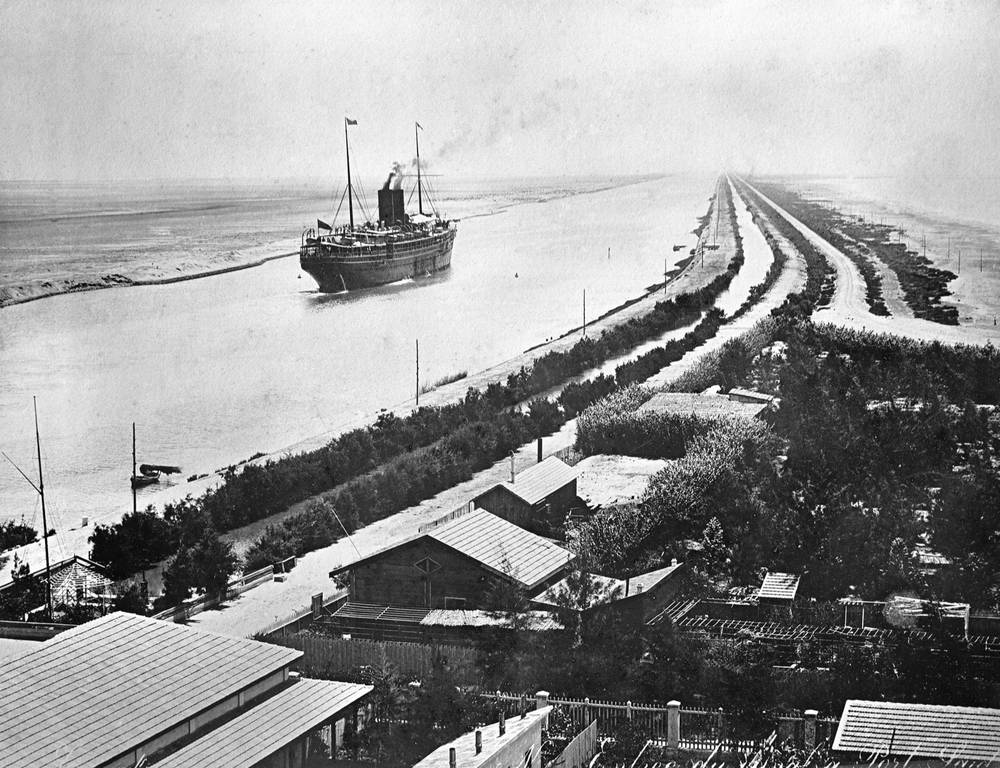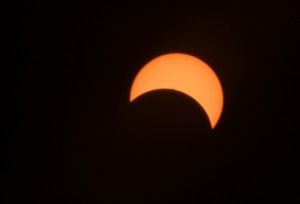When Nevada was admitted into the Union on October 31, 1864, Manifest Destiny had already ripped though the West and the 1849 California Gold Rush that drew thousands of fortune seekers had been followed by Nevada’s Comstock Lode of 1858, which would become the largest silver ore deposit in the United States.
As we celebrate Nevada’s 150th anniversary this year with events examining and commemorating our past, present and future, it’s interesting to consider how our commencement into statehood lined up with the rest of the world.
In 1864, an English mathematician who dabbled in photography was about to take readers down the rabbit hole with a curious girl named Alice. French painters were stepping into the countryside, Brahms was writing a piano quintet, the Ottoman Empire was in decline, and slaves were working in cotton fields in the Deep South while Union and Confederate soldiers battled over their fate.
Stories of European settlers expanding westward conjure images of dusty pioneers, wagon trains and brutal conflicts with Native Americans—a universe so unto its own it’s hard to contextualize it with communities, cultures and politics elsewhere. America was celebrating its 88th year as an independent nation, and slavery in the former Confederate states would be abolished in December 1865, just over a year after Nevada became a state.
Meanwhile, in Russia, serfs had been freed four years prior, and the world was about to learn about Russian aristocracy (during the Napoleonic Era) in a long novel that Leo Tolstoy had been working on. At the same time, Norwegian playwright Henrik Ibsen had exiled himself in Italy and Samuel Clemens had left Virginia City, Nevada, for San Francisco.
Claude Monet was painting outdoors in France, studying light and reflection and exploring a different kind of brush stroke that would be key in revolutionizing the art world, as was Édouard Manet, an artist who had stirred controversy the previous year with his painting “Luncheon on the Grass.”
And while the Suez Canal was being built in Egypt to connect the Mediterranean and Red Seas, the U.S. was constructing a transcontinental railroad to connect the East Coast with the West. After all, there was an entire country to settle. And Nevada, which had been home to generations of Paiute and Shoshone natives, was about to officially join the rest of the nation as the 36th state in the Union.





